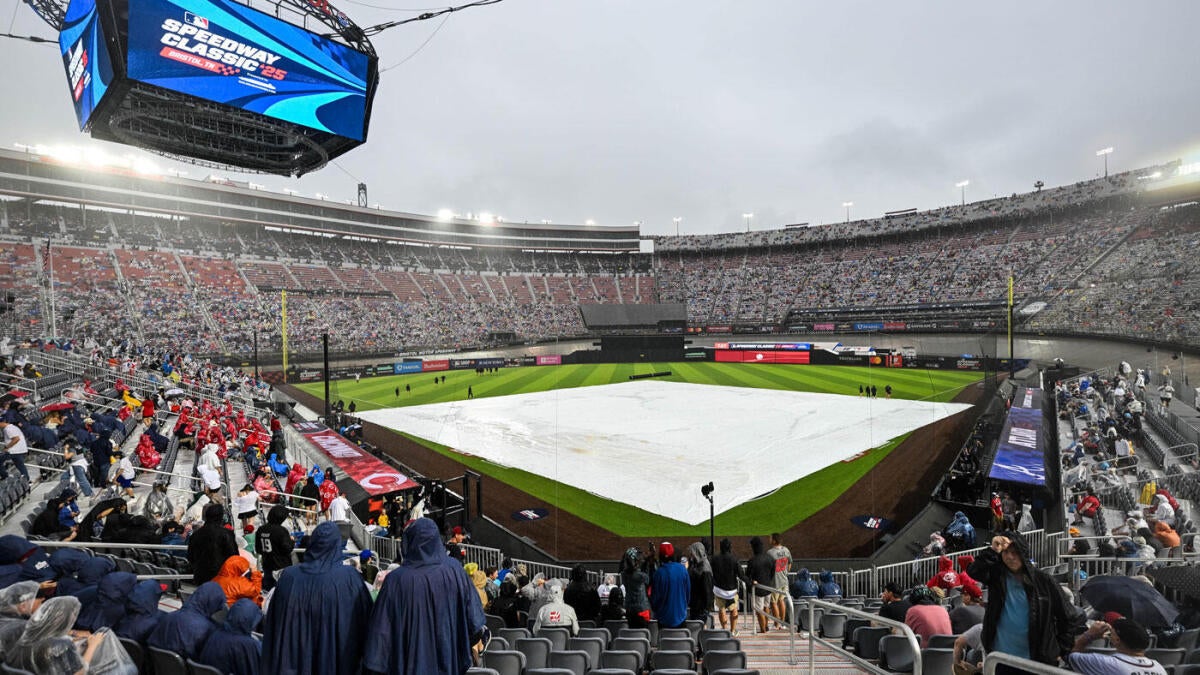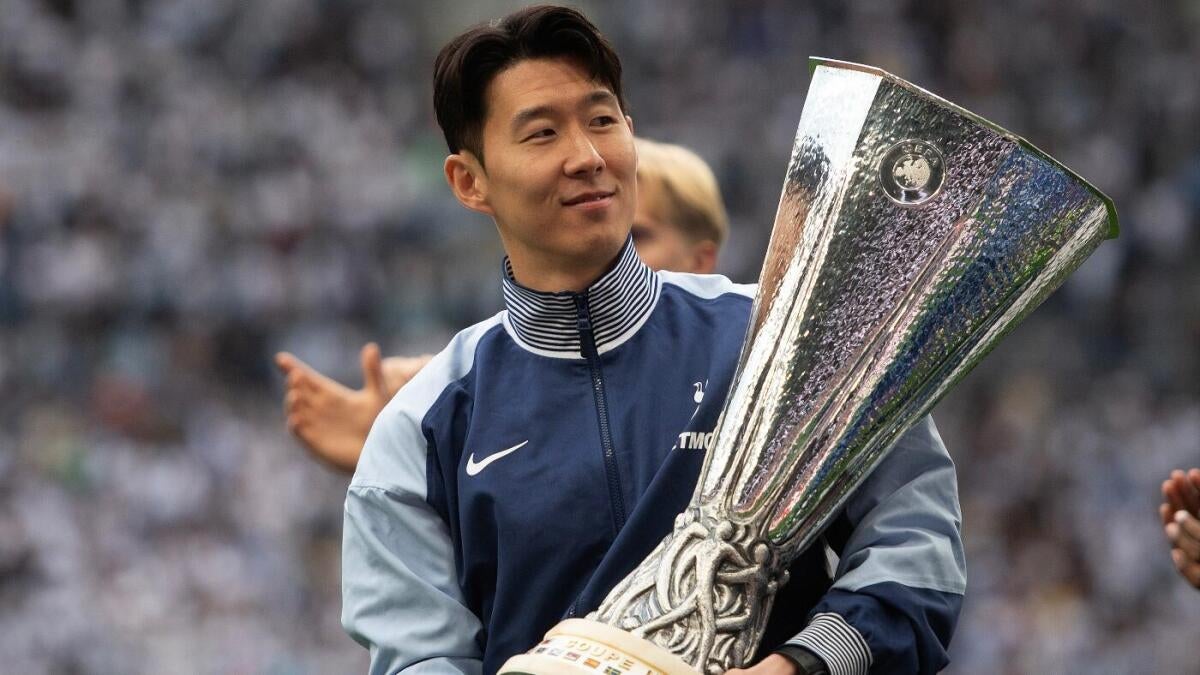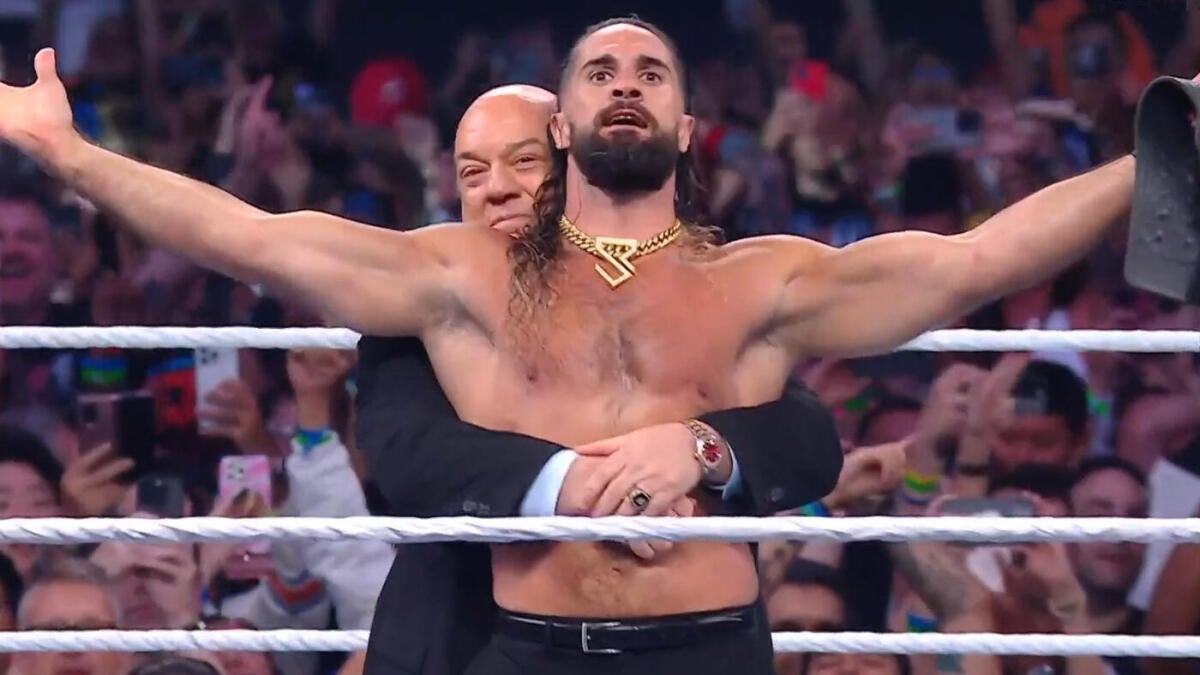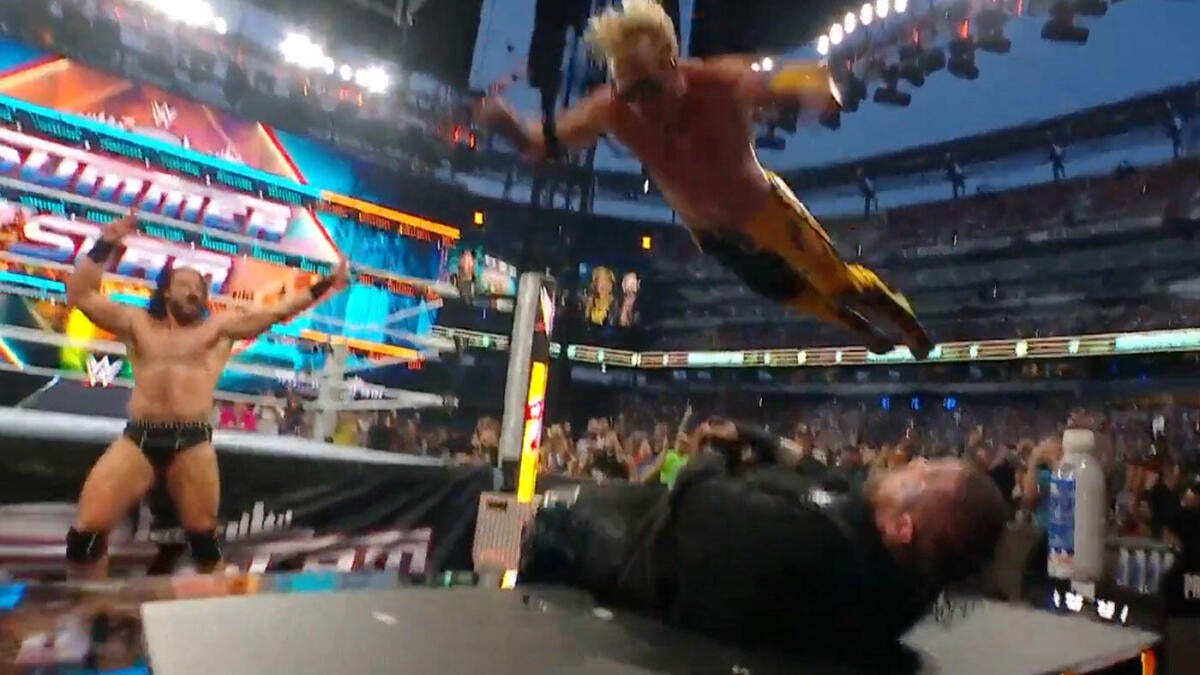A Misdirected Vendetta: Analyzing the Manhattan Office Shooting and its NFL Connection
A City Shaken
The echoes of gunfire that tore through Midtown Manhattan on a seemingly ordinary Monday evening have left an indelible mark on the city. The tragic events that unfolded within the confines of 345 Park Avenue have sparked a wave of questions, grief, and introspection. A lone gunman, driven by a perceived injustice, stormed an office building, claiming the lives of four individuals, including a dedicated NYPD officer, before ending his own life. As the dust settles, a disturbing narrative emerges: the intended target was not among the victims, but higher up in the same building. The National Football League (NFL) headquarters, housed within the same structure, became the symbolic epicenter of a misguided vendetta rooted in the complex and devastating issue of Chronic Traumatic Encephalopathy (CTE).
The Incident: A Chronicle of Tragedy
The sequence of events that transpired on that fateful Monday evening has been meticulously reconstructed by investigators. Shane Devon Tamura, a 27-year-old man, entered the office building armed with a rifle and a note detailing his grievances. The chaos that ensued was swift and brutal. Within moments, three civilians were fatally wounded, and two others, including a responding NYPD officer, were critically injured. The officer, later identified as a dedicated servant of the city, succumbed to his injuries, adding another layer of tragedy to the already devastating scene.
Law enforcement agencies swiftly converged on the location, establishing a perimeter and initiating a response protocol designed to neutralize the threat. The confrontation that followed culminated in Tamura taking his own life, bringing an abrupt end to the active shooter situation. The immediate aftermath was marked by a flurry of activity as emergency medical services tended to the wounded, investigators secured the scene, and city officials began the arduous task of identifying the victims and notifying their families.
The NFL Connection: A Case of Mistaken Floor?
As the initial shock of the incident began to subside, a critical piece of information emerged that would forever alter the narrative surrounding the shooting. New York City Mayor Eric Adams revealed that the gunman appeared to be targeting the NFL headquarters located within the same building. However, in a tragic twist of fate, Tamura seemingly took the wrong elevator, ending up on a different floor and unleashing his violence on innocent individuals who had no connection to the NFL or the issues surrounding CTE.
This revelation has raised a myriad of questions that investigators and mental health professionals are now grappling with. How did Tamura formulate his plan to attack the NFL? What was the nature of his grievance against the organization? And perhaps most importantly, why did he believe that violence was the appropriate response to his perceived injustice?
Unraveling the Motive: CTE and a Search for Accountability
The key to understanding Tamura’s actions lies in the note discovered on his person. This note, a chilling testament to his state of mind, alluded to Chronic Traumatic Encephalopathy (CTE), a degenerative brain disease linked to repeated head trauma. CTE has been the subject of intense scrutiny in recent years, particularly within the context of contact sports such as football. The disease, which can cause a range of debilitating symptoms including memory loss, cognitive impairment, mood swings, and aggressive behavior, has been increasingly linked to the long-term effects of concussions sustained during athletic competition.
The NFL, as the governing body of professional football in the United States, has faced considerable pressure to acknowledge the risks associated with head injuries and to implement measures to protect its players. The league has taken steps to address the issue, including rule changes designed to reduce the incidence of concussions, improved concussion protocols, and financial contributions to research efforts aimed at better understanding and treating CTE. However, critics argue that these measures are insufficient and that the NFL has not done enough to protect its players from the long-term health risks associated with playing the game.
Tamura’s note suggests that he harbored a deep-seated resentment towards the NFL, believing that the organization was responsible for his perceived suffering. While the exact nature of Tamura’s connection to football remains unclear—whether he was a former player, a fan deeply affected by the CTE crisis, or someone otherwise connected to the sport—it is evident that he saw the NFL as the source of his personal torment. His actions, driven by a desire for accountability and retribution, ultimately resulted in the deaths of innocent individuals who had no connection to the NFL or the issues surrounding CTE.
The Misdirected Target: Tragedy Compounded
The fact that Tamura targeted the wrong floor underscores the tragic irony of the situation. His intended victims were the executives and staff of the NFL, whom he held responsible for his condition. Instead, he unleashed his violence on unsuspecting individuals who were simply going about their daily lives, working in an office that shared a building with the NFL headquarters. The misdirection of his anger highlights the dangers of misplaced violence and the devastating consequences that can arise when individuals resort to force to address their grievances.
The victims of the shooting were not complicit in the issues surrounding CTE or the NFL’s handling of head injuries. They were innocent bystanders, caught in the crossfire of a misguided vendetta. Their lives were tragically cut short by the actions of a man consumed by anger and despair, leaving behind grieving families and a community struggling to come to terms with the senseless loss.
The Aftermath: Grief, Reflection, and Security Concerns
In the wake of the shooting, the city of New York has been grappling with the emotional toll of the tragedy. Vigils have been held in honor of the victims, and city officials have expressed their condolences to the families of those who lost their lives. The incident has also sparked a broader conversation about the need for improved security measures in office buildings, particularly those that house high-profile organizations such as the NFL.
Companies located in high-profile buildings are now re-evaluating their security protocols to ensure the safety of their employees. Law enforcement agencies are also examining their strategies for responding to active shooter situations in urban environments, with a particular focus on the unique challenges posed by multi-tenant office buildings. The incident has served as a stark reminder of the importance of vigilance and preparedness in the face of potential threats.
Broader Implications: CTE, Responsibility, and the Allure of Violence
The Manhattan office shooting underscores the ongoing debate surrounding CTE and the responsibility of sports organizations to protect their athletes. While the NFL has taken steps to address the issue of head injuries, including rule changes and improved concussion protocols, some critics argue that these measures are insufficient. The incident may reignite calls for greater transparency and accountability from the NFL regarding the long-term health risks associated with playing football.
Beyond the specific issue of CTE, the shooting raises broader questions about the allure of violence and the dangers of using force to address grievances. In an increasingly polarized society, it is crucial to promote peaceful and constructive dialogue as a means of resolving conflicts and addressing social injustices. The tragedy serves as a stark reminder of the devastating consequences that can arise when individuals resort to violence to express their anger and frustration.
Conclusion: A Legacy of Loss
The Manhattan office shooting represents a tragic confluence of factors, including personal suffering, perceived injustice, and the availability of firearms. While the motives of the shooter are complex and multifaceted, it is clear that he was driven by a deep-seated resentment towards the NFL and a belief that the organization was responsible for his perceived condition. The tragic misdirection of his anger resulted in the deaths of innocent individuals who had no connection to the NFL or the issues surrounding CTE.
As the city mourns the loss of life, it is crucial to reflect on the broader implications of this tragedy and to work towards creating a more peaceful and just society. The victims of this senseless act of violence deserve to be remembered, not as collateral damage in a misguided vendetta, but as individuals whose lives were tragically cut short by the actions of a man consumed by anger and despair. Their legacies serve as a poignant reminder of the fragility of life and the importance of addressing grievances through dialogue and understanding, rather than violence and retribution.











